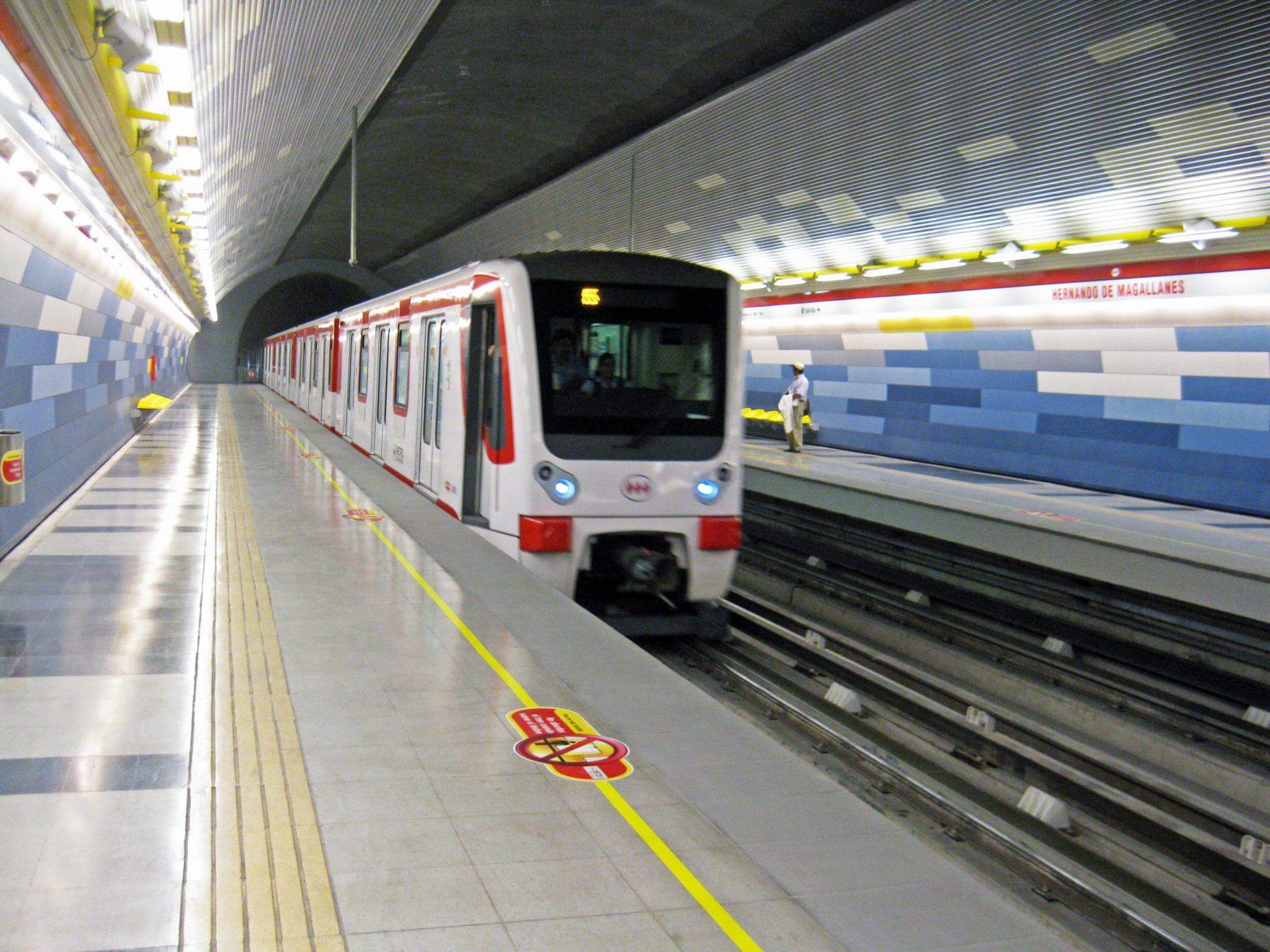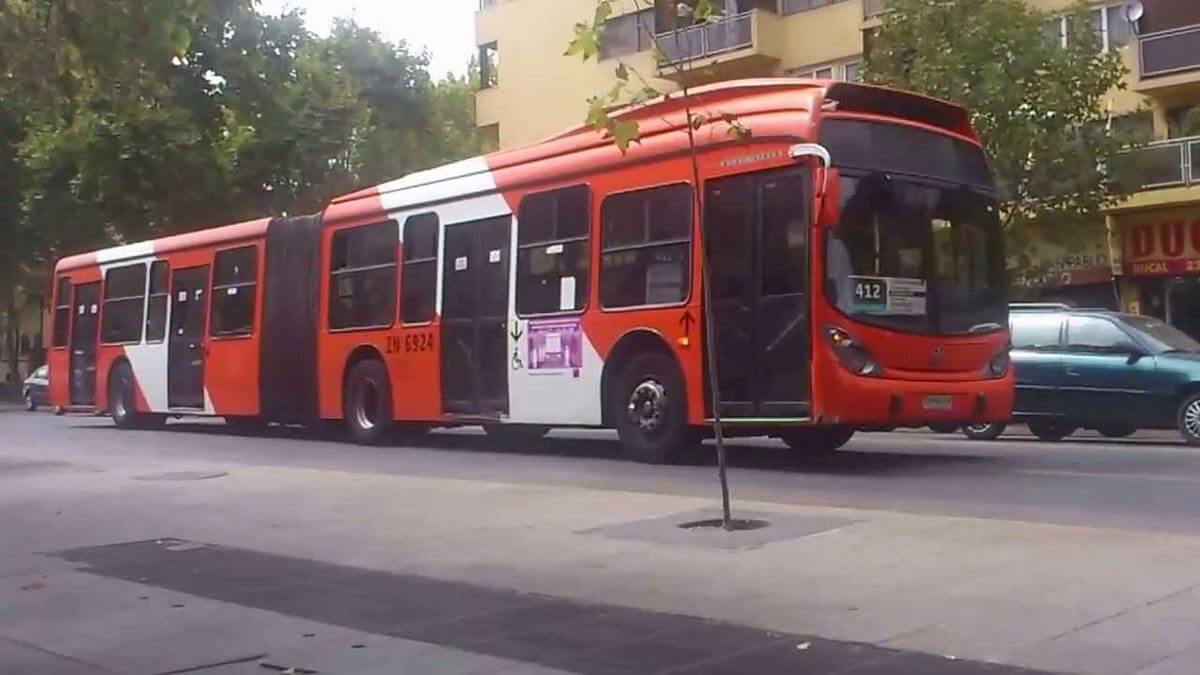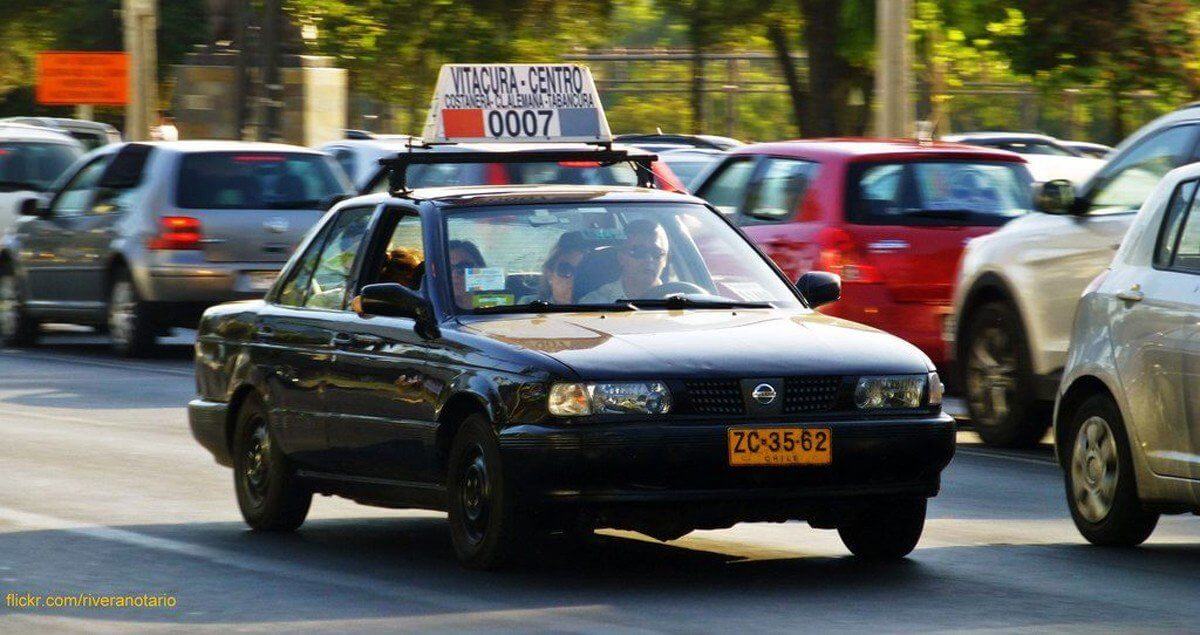- Home
- Expat Guide
- Transportation in Chile
- Public transport in Santiago
13/08/2018
Santiago has a dense public transportation network.
To use the public transportation network, you need to buy a "BIP" card first, at the counter in the subway. Then, you can charge the amount you want, from $100, in a subway station or in newsstands located in many parts of Santiago. The amount credited is not refundable. Once you validate your card, you can travel for 2h, up to the limit of two bus/subway changes. If you only take the subway, you can change as many times as you want. By contrast, if you exit the subway, you will be charged again if you go back in the subway.
Subway
Santiago's subway is a safe and fast way to cross the Chilean capital. It does not serve all the neighborhoods but the majority of Santiago's points of interest. The subway is expanding: after two lines opened in 2018, a new line should open in 2026 and other projects are planned.
The cost of the ticket varies, depending on the week of the day and the time:
- Peak hours: from Monday to Friday 7 am - 9 am and 6-8 pm.
- Normal hours: from Monday to Friday 6.30 am - 7 am, 9 am - 6 pm and 8-8.45 pm, anytime on Saturday and Sunday (Saturday 6.30am-11.30pm; Sunday and public holidays 8 am - 11 pm).
- Off-peak hours: from Monday to Friday 6-6.30 am and 8.45-11 pm.
One of the particularities of Santiago's subway is that, to regulate traffic flow during peak hours, some subway trains do not stop at every station, but every two stations. Lines 2, 4 and 5 have three types of stations: red ones, green ones and mixed ones. Some trains stop at the red stations, others at the green ones. Before getting on the subway, just look at the color indicator, a green or red neon above every door of the subway, to know if you are about to enter in the right one. Every subway, no matter its color, stops at the mixed stations. During off-peak hours, no color is on. This means that the subway serves all the stations. Once you are in the subway train, the metro map is displayed with the colors on it, for you to know at which stations your train will stop.

Bus
In Santiago, the bus is called the « micro ». The bus network serves all the neighborhoods but it is not the most reliable means of transport. Buses rarely arrive at the same time every day and may not stop at every station (even when they should), which are not always well indicated. Thus, it is hard to locate yourself when you take the bus, so be sure to be in advance if you choose this means of transport.
A bus ticket costs $660 at any time of the day and week. If you exit the subway and take the bus, your card will not be debited when you validate it.

Taxis / Colectivos
Beside public transport, you can move around using a taxi. Even though Santiago is a safe city, we advise you to use the booking app. This allows you to have the contact details of the driver and make a claim if you have an issue with the driver, or if the plan shows an unnecessary detour after the race. The app EasyTaxi was the taxi booking app until 2018, until it was bought by Cabify (see below).

You can also use colectivos, taxis shared between four people, which are cheaper than a single-passenger taxi. The driver starts the ride once the four passengers are on board. In general, distances and prices are individual. Colectivos are mainly outside big metro stations and at Santiago's points of interests. You can identify them thanks to their color, all black, contrary to taxis which are black and yellow, and to the sign on the roof.

Uber is not legal in Chile because the platform employs drivers not having an A driving licence, which does not meet the Chilean legislation. Yet, Uber is very active in Santiago and you can definitely use this means of transport, safer and cheaper than taxi, except during high-demand events, during which Uber surcharge may lead to a higher price. If the Uber price looks higher than normal to you, we advise you to compare with another app, such as Cabify, a transportation network company which offers two services, one for businesses and one for individuals.
You can calculate your bus and subway routes on www.transantiago.cl. We advise you to use the smartphone application Moovit, which also allows you to calculate routes, with indication of travel time.
Bikes
This is not public transport, but we would like to highlight the fact that Santiago has made a lot of efforts to build bike lanes during the Covid-19 pandemy, so that less people had to take public transport.
Here you can find a map of all bike lanes in Santiago:
https://www.bicineta.cl/ciclovias

Do you want to go more in detail?
I wrote the Chile Handbook for Foreigners for anyone and everyone looking to move permanently and enjoy life in Chile. It's a 265-page book that goes over all aspects of relocating to Chile. Here is what you get:
✅ Practical tips based on 7-year relocation experience
✅ To-do lists to help you start
✅ Last updated in 2024

